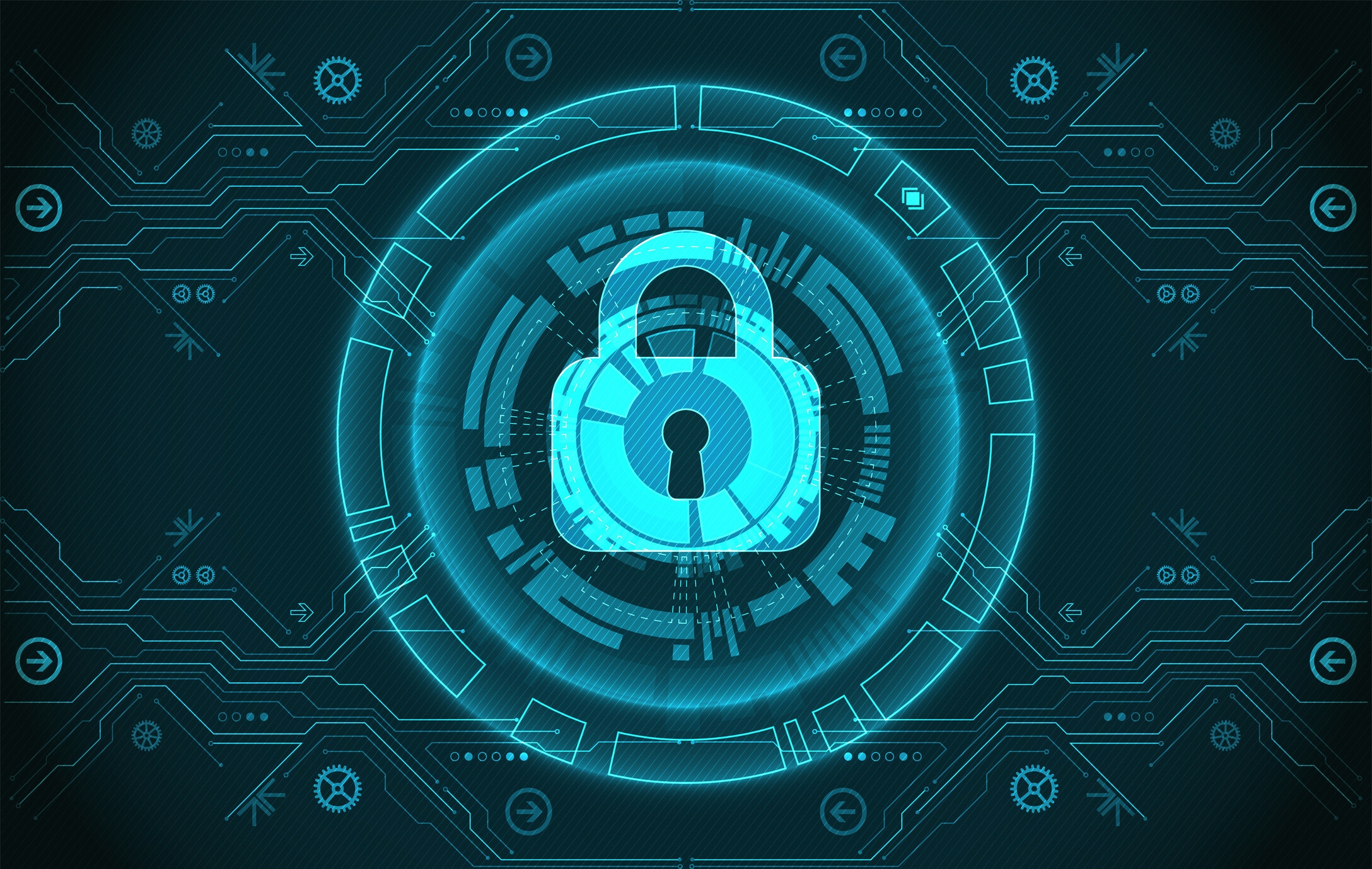How low-earth orbit satellite technology can connect the unconnected

LEO satellites are said to be the technology to revolutionize the internet.
Image: SpaceX
Stay up to date:
The Digital Economy
Listen to the article
- Low-earth orbit (LEO) satellites can help connect the unconnected and bridge the digital divide.
- The race to deploy LEO satellite constellations is increasingly competitive and will require multi-stakeholder cooperation to deliver inclusive connectivity.
- The World Economic Forum’s EDISON Alliance is mobilizing a global movement of leaders from the public and private sectors who are prioritizing digital inclusion.
Low-earth orbit (LEO) satellites are said to be the technology to revolutionize the internet. With more than a third of the world still offline, this satellite constellation can help connect the unconnected and bridge the digital divide that’s leaving remote and rural communities behind.
Why are governments and companies investing in LEO satellite technology?
The European Union recently announced plans for an LEO satellite system worth €6 billion. This satellite fleet aims to deliver secure communications and better broadband access to the region, while boosting the cybersecurity and resilience of EU countries.
The EU will spend €2.4 billion from its budget from 2022 to 2027, with the rest coming from member states and industry. The plan comes as part of a push to cut the EU’s dependence on foreign companies, and protect key communications services and surveillance data against any outside interference.
The EU is entering a space internet race where technology giants are spending billions of dollars on LEO satellite technology to close the global connectivity gaps. Space X’s Starlink, Elon Musk’s satellite internet venture, has deployed nearly 2,000 satellites in orbit and has applied for licences to fly more than 40,000 satellites. Their service is currently available in a few countries on a first-come, first-served basis for $99 a month, plus $499 for home equipment.
Amazon has announced plans to launch a similar initiative called Project Kuiper, which will deploy more than 3,000 satellites later this year. LEO company OneWeb, whose main backers are the UK government, Bharti Enterprises of India and Eutelsat of France, has over 350 satellites in orbit and plans to double the number of its constellation.
The competition is fierce as more governments and companies explore the potential of LEO satellite technology to provide high-speed internet across the world. But with great opportunity comes great responsibility to address the challenges that this new technology presents.
Can LEO satellites really help achieve universal connectivity?
Today, high-speed internet isn’t just convenient, it’s become a modern necessity. Although the COVID-19 pandemic has accelerated digitalization globally, 2.9 billion people still don’t use the internet. Access and affordability remain the main barriers to connectivity.
Developing robust digital infrastructure that can reach everyone everywhere is critical to close connectivity gaps. Broadband requires an extensive track of underground cables, and in the world’s most remote areas, satellite-based connectivity can be the only option. LEO satellites can connect people to high-speed internet where traditional ground infrastructure is hard to reach, making them an attractive solution to close the rural connectivity gap.
LEO satellites orbit much closer to the planet (up to 2,000 km above earth’s surface) than the traditional geostationary satellites (about 36,000 km above earth’s surface). They operate in a revolving network where multiple satellites are needed to provide internet coverage. This allows them to provide connectivity during air travel and even in the middle of the ocean. But with more companies launching thousands of satellites into orbit around the earth, space has become more crowded than ever.
The issue of space traffic and increasing space debris, in addition to concerns from astronomers related to light pollution obstructing views in the night sky, must be considered when exploring LEO satellite connectivity.
How do we ensure that everyone can benefit from this technology?
As the world becomes increasingly digitized, it is crucial to address the cost barrier to technology to reduce existing digital inequalities and increase opportunities for everyone.
Satellite connectivity is expensive, but if the goal is to truly connect the unconnected, then LEO-based internet needs to be affordable above all. While satellite broadband systems are in various stages of development, the affordability of services must be a key component in global rollout strategies once the systems are ready to launch.
The race to deploy LEO satellite constellations is increasingly competitive and will require multi-stakeholder cooperation to deliver inclusive connectivity. No single government or company can bridge the digital divide on their own. Partnerships that invest in the future of the internet are vital to connect unserved and underserved communities around the world.
The World Economic Forum’s EDISON Alliance is mobilizing a global movement of leaders from the public and private sectors who are prioritizing digital inclusion. The EDISON Alliance is harnessing commitments from governments and industry to improve the lives of 1 billion people through affordable and accessible digital solutions across healthcare, financial services and education by 2025.
Accept our marketing cookies to access this content.
These cookies are currently disabled in your browser.
Don't miss any update on this topic
Create a free account and access your personalized content collection with our latest publications and analyses.
License and Republishing
World Economic Forum articles may be republished in accordance with the Creative Commons Attribution-NonCommercial-NoDerivatives 4.0 International Public License, and in accordance with our Terms of Use.
The views expressed in this article are those of the author alone and not the World Economic Forum.
Forum Stories newsletter
Bringing you weekly curated insights and analysis on the global issues that matter.
More on Fourth Industrial RevolutionSee all
Jon Jacobson
August 14, 2025
Ruti Ben-Shlomi
August 11, 2025
David Timis
August 8, 2025



